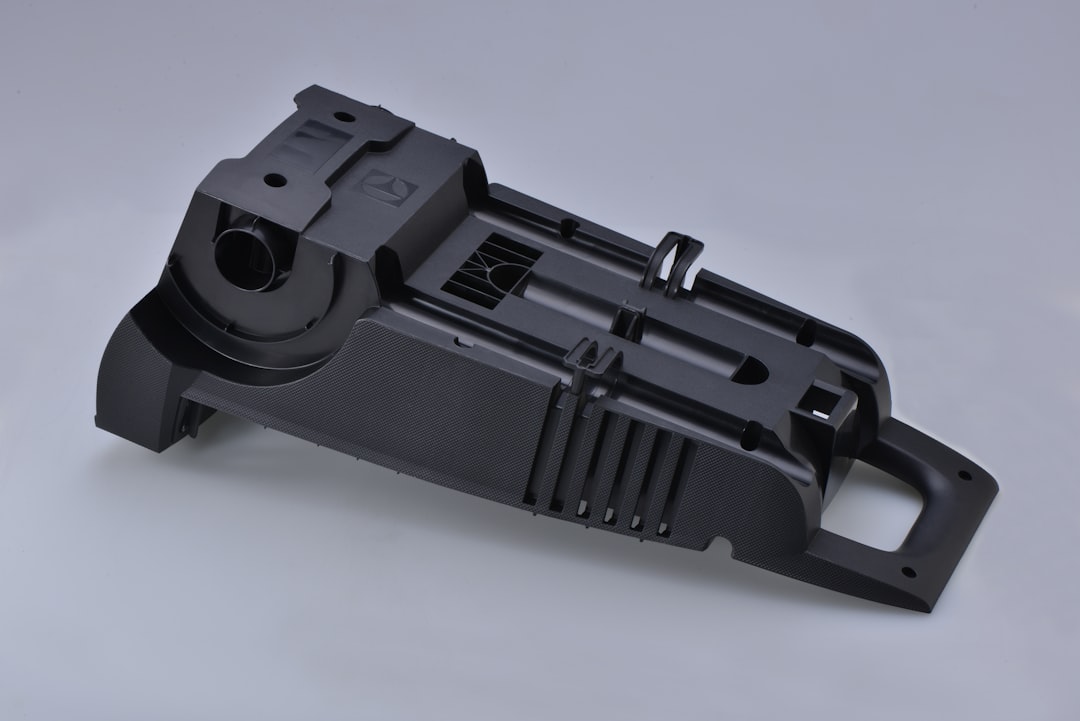
Surfing is an exhilarating sport that allows you to connect with the power of the ocean. Whether you are a novice or an experienced surfer, having the right equipment is essential for a safe and enjoyable experience. One particular piece of gear that should never be overlooked is the surfboard leash. In this article, we will explore everything you need to know about surfboard leashes to ensure you are well-informed before you hit the waves.
Why are surfboard leashes important?
Surfboard leashes are not just an accessory; they are a vital safety tool. The leash is a cord that attaches to your ankle on one end and to your surfboard on the other. Its purpose is to keep your board within close proximity in case you fall off. Without a leash, your board can be swept away by ocean currents or waves, potentially causing harm to other surfers, swimmers, or yourself.
Choosing the right surfboard leash length
When it comes to surfboard leashes, size does matter. The length of your leash should be determined by the size of your surfboard. A general rule of thumb is to choose a leash that is as long as your surfboard or slightly shorter. This ensures that your board is never too far away from you in the water, yet it doesn’t interfere with your movements while riding the waves.
The importance of leash thickness
The thickness of your surfboard leash is another crucial aspect to consider. Thicker leashes are more durable and less likely to break under the pressure of powerful waves. For small and mellow waves, a thinner leash may be sufficient. However, for bigger and more powerful waves, it is recommended to use a thicker leash to prevent any accidents or board loss.
Understanding leash attachments
Surfboard leashes typically come with two types of attachments: a rail saver and a leash string. The rail saver is a small piece of material that wraps around the tail of your surfboard, protecting it from the leash’s friction. The leash string is the actual attachment point between your leash and your board. It is important to ensure that your leash string is securely attached to your board by checking it regularly for any signs of wear or tear.
Caring for your surfboard leash
To extend the lifespan of your surfboard leash, proper care and maintenance are essential. After each surf session, rinse your leash with freshwater to remove any salt, sand, or debris that may have accumulated. Avoid leaving your leash out in the sun for prolonged periods, as it can weaken the material. Additionally, regularly inspect your leash for any signs of damage, such as fraying or stretching. If you notice any issues, it’s best to replace your leash to ensure your safety in the water.
Tips for using surfboard leashes effectively
Now that you understand the importance of surfboard leashes and how to choose the right one, here are some additional tips to make the most of your leash:
1. Always attach the leash to your dominant ankle. This will ensure that your board stays behind you while paddling and won’t interfere with your movements.
2. Before paddling out, check that your leash is securely attached and free from any knots or tangles.
3. Be mindful of the leash while surfing to prevent it from getting twisted around your ankles or becoming tangled with other surfers’ leashes.
4. In the event of a wipeout, hold onto your leash to prevent the board from snapping back and hitting you or other surfers.
Conclusion
Surfboard leashes play a crucial role in ensuring your safety and the safety of others in the water. By choosing the right leash length and thickness, understanding the different leash attachments, and properly caring for your leash, you can maximize your surfing experience while minimizing potential risks. Remember, ride the waves safely and responsibly with a reliable surfboard leash!